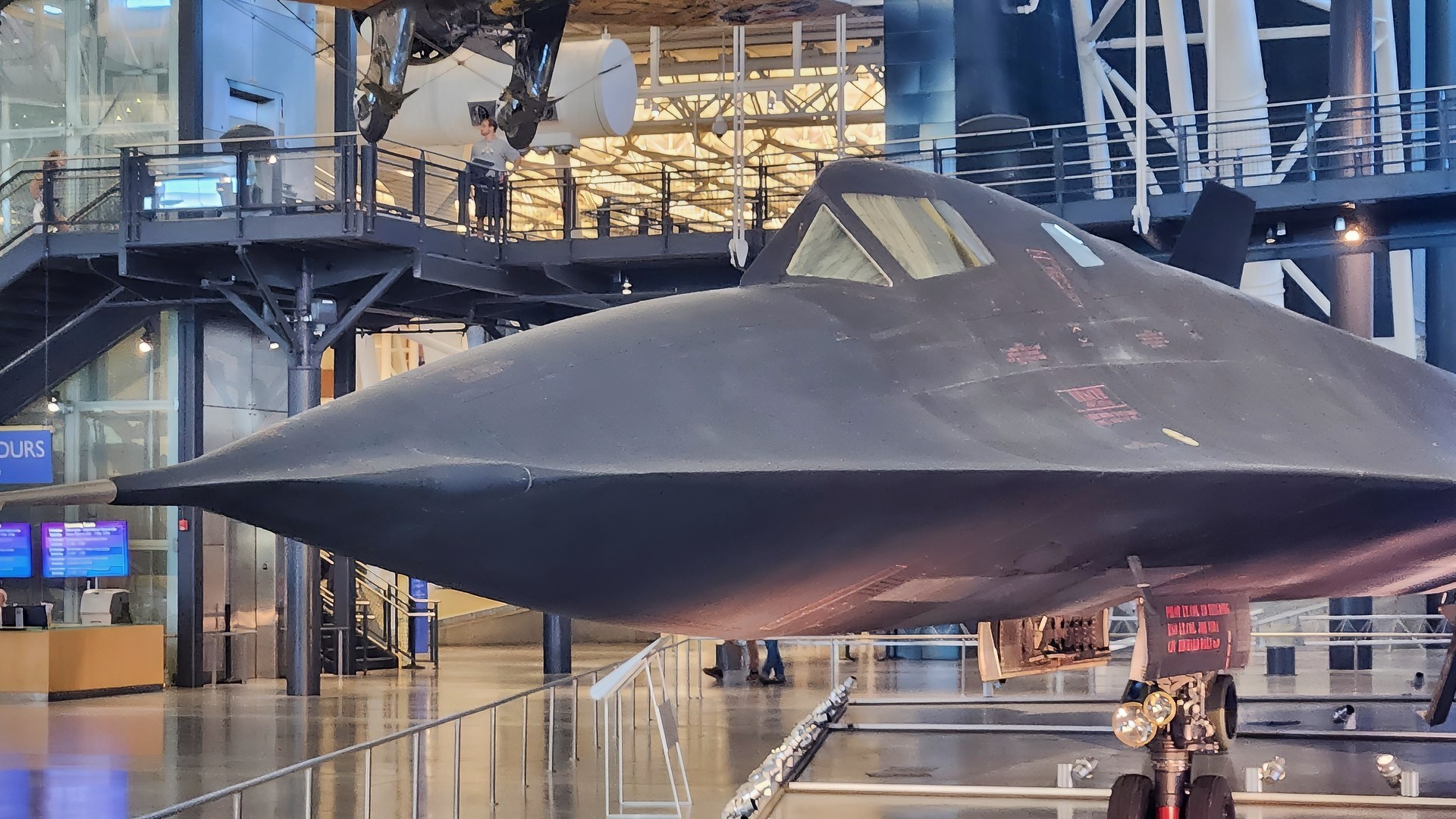Key Points and Summary – The SR-71 Blackbird was a “fantastic” aircraft, but its origins lie in the even faster, single-seat CIA A-12 “Oxcart.” Developed by Lockheed’s Skunk Works to fly at Mach 3.2+ and 90,000 feet, the A-12 required a 90% titanium airframe to survive the 800°F heat.
-In a “stunning” Cold War irony, the CIA had to secretly buy the titanium from its main adversary, the Soviet Union, using “shell companies” and a “pizza oven” cover story.
-The SR-71, the two-seat USAF version, set world records and was never hit by a missile in 4,000+ attempts.
-Sadly, we have visited many SR-71 Blackbird platforms rotting away in museums, a sad fate for sure. We present many of the photos and videos from those visits in this essay.
The SR-71 Blackbird Was Decades Ahead Of Its Time
The SR-71 Blackbird is a fantastic aircraft. It was designed and built by Lockheed’s Skunk Works in Burbank, California, to be a long-range, high-altitude, strategic reconnaissance aircraft that could fly faster than Mach 3.
Kelly Johnson, the man behind Skunk Works, is a legend in the aircraft industry. The CIA and the Air Force teamed up in the 1950s with Skunk Works to develop some of the most successful reconnaissance planes in the world. (The CIA contacted Johnson to build the first reconnaissance aircraft, the U-2.)
Johnson designed the U-2 in less than 13 months—an incredibly short time. The aircraft began overflights of the Soviet Union in 1956. But the Russians were able to track the aircraft—even at the edge of space, at 80,000 feet of altitude.
The CIA, Air Force, and Johnson knew they needed a replacement—an aircraft much faster to better protect itself from missiles. Under the code name “Oxcart,” Johnson began work on the A-12.
CIA And The Skunk Works In the Archangel Program
Skunk Works would seek to build a spy plane capable of traveling at Mach 3 (2,301 mph) under a program codenamed ARCHANGEL.
Secrecy surrounding the program was extremely high, for two reasons. The first reason was to protect the advanced technology Lockheed was developing. Further, however, the United States was secretly buying materials from within the Soviet Union to build these jets. Indeed, all the titanium needed to build the aircraft was in Soviet hands.
Getting The Help Of Moscow…Surreptitiously
In his book Archangel: CIA’s Supersonic A-12 Reconnaissance Aircraft,” CIA Historian David Robage detailed some of the incredible exploits required to get the A-12 built. He also wrote about the men who flew it.
Because of the secrecy of the U-2 and the A-12, testing was moved to a remote dried-up lake bed in Nevada. The new testing site was called “Area 51.”
Johnson’s design dilemma was how to manage heat. Flying an aircraft at Mach 3 for hours on end would melt steel and aluminum. The skin of the aircraft would heat up to over 800 degrees. Inside the cockpit, the temperature would reach 500 degrees. Pilots would need to wear a special refrigerated space suit to keep from burning up. So instead of traditional aircraft metals, 90 percent of the aircraft would be made with a titanium alloy.
At the time, the U.S. had limited supplies of titanium. They would have to buy it from the world’s biggest supplier: the Soviet Union.
Keeping the Soviets in the dark was tough, but the CIA used shell companies and third parties to carry out the transactions. Thus A-12s would fly over the Soviet Union and outrun fighters and missiles, and they would use titanium the Soviets sold to the U.S. to do it. The accomplishment flipped the famous Lenin quote, “We will hang the last capitalist with the rope he sold us.” Oh the irony.
The A-12 Oxcart
The Oxcart was a marvel of engineering then, and it still is. Its name belied the speed at which the A-12 traveled. Lockheed unofficially dubbed these aircraft “Cygnus,” after the constellation of Cygnus the swan.
The Oxcart was America’s first plane with stealth characteristics. It was never completely stealthy, because the amount of fuel it had to carry to fly so fast for so long required changes in the airframe design that made it easier to track on radar.
Nevertheless, the innovative design and technologies developed for the A-12 helped lay the foundation for future stealth research.
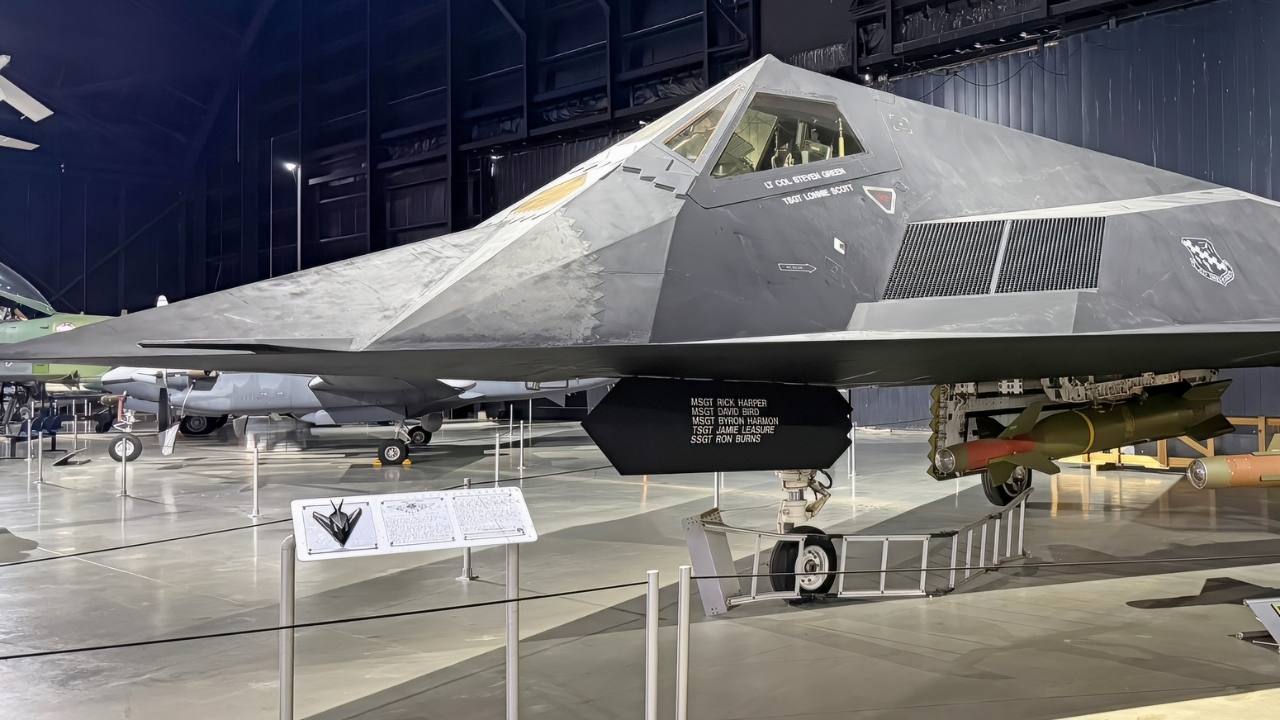
F-117 Stealth Fighter National Security Journal Image.

F-117 Nighthawk July 2025 National Security Journal Image HD. Photo by Harry J. Kazianis.
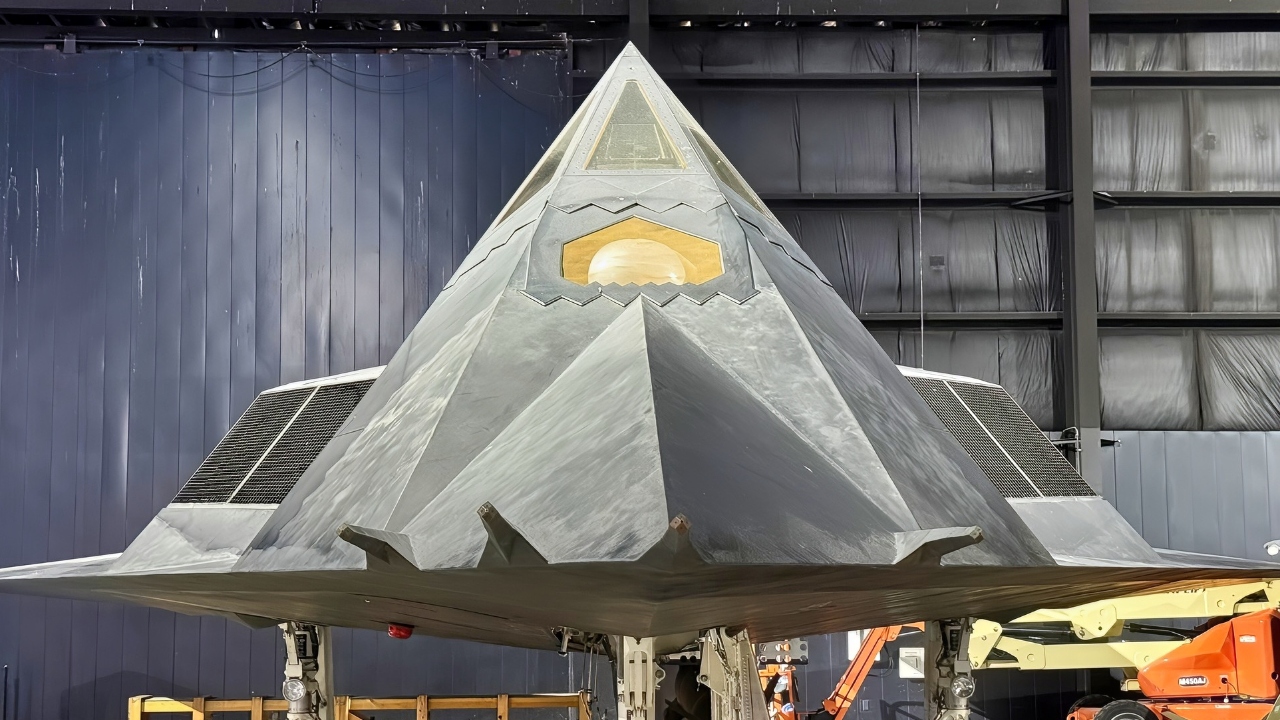
F-117 Nighthawk National Security Journal Photo July 2025
In 1965, the A-12 was declared fully operational. It attained a sustained speed of Mach 3.2 (just over 2,200 miles per hour) at 90,000 feet of altitude—an unbroken record for piloted jet aircraft.
The A-12 Was Faster Than The SR-71
The SR-71 is known as the fastest military production aircraft. Most people don’t realize that the A-12 was faster.
The Pratt & Whitney J58 engine fitted to the A-12 was the first Air Force engine able to operate for an extended time at speeds exceeding Mach 3 and altitudes above 80,000 feet. The same engine was later used on the SR-71.
This engine’s most unique capability involves bleeding some high-pressure air from the compressor, bypassing the combustion chambers and turbine, and injecting this air into the front end of the afterburner.
The combination works like a ramjet. Because conventional aircraft fuel would be too volatile at such high temperatures, a new fuel called JP-7 was developed.
“A cesium-laced fuel additive to dramatically reduce the radar signature of the plane’s massive engine exhausts and afterburner plumes by creating an ionizing cloud behind the aircraft to help conceal its entire rear aspect from radar waves,” The Drive explained in 2019.
The Paint Scheme Was Made Famous
The Oxcart was painted a deep shade of blue, almost black, after it was learned that this color dissipated heat faster than bare titanium. The A-12 was first flown in 1962, became operational in 1967, and flew for the CIA until late 1968.
It was a single-seat aircraft and flew reconnaissance missions over North Korea and Vietnam.
The aircraft was then produced for the U.S. Air Force, which dubbed the aircraft the YF-12. The service envisioned it as a high-altitude interceptor that would defend against supersonic bombers.
However, Gen. Curtis LeMay, the Air Force Chief of Staff, wanted it renamed the SR-71, with the SR referring to the aircraft type as “Strategic Reconnaissance.”
When the program ceased with the CIA, the Air Force purchased 11 of the two-seat versions of the aircraft. This program, the SR-71, was nicknamed the Blackbird.
A total of 32 SR-71s were built: 29 SR-71As, two SR-71Bs, and one SR-71C. Johnson designed the aircraft with the smallest possible radar cross section in one of the earliest attempts at achieving stealth. Two Pratt & Whitney J-58 engines powered the Blackbird, allowing it to reach a speed of Mach 3.2 or higher. Its service ceiling was 85,000 feet.
Sixty-One Years Later, The SR-71 Is Still The One
The SR-71 first flew in 1964. It set the world record in 1974 for the quickest flight between London and New York. It also became the fastest air-breathing manned aircraft, in 1976. The SR-71 was retired in 1989 for political reasons, and NASA used it as a research platform until 1999. As of 2025, it still holds many aviation records.
The Special Reconnaissance aircraft was the target of more than 4,000 missiles launched at it during its service, and it was never hit. In the two-seat cockpit, one person would operate the high-resolution cameras and reconnaissance technology, while the other would pilot the plane.
In addition to its unique shape, the Blackbird incorporated several other stealth features. Its distinctive blue-black paint was intended to reduce heat emissions and help it blend with night skies, as well as giving it its iconic nickname.
It redefined speed, as it could fly from Los Angeles to Washington in 1 hour and 4 minutes. It made the flight from London to New York in 1 hour and 54 minutes.
And some 61 years later, the SR-71 is still the king of the crewed, air-breathing aircraft. How sad it rots away in museums. Well, at least we can honor the plane by taking pictures like we have just below.
SR-71: National Security Journal Visits the Mach 3 Spy Plane
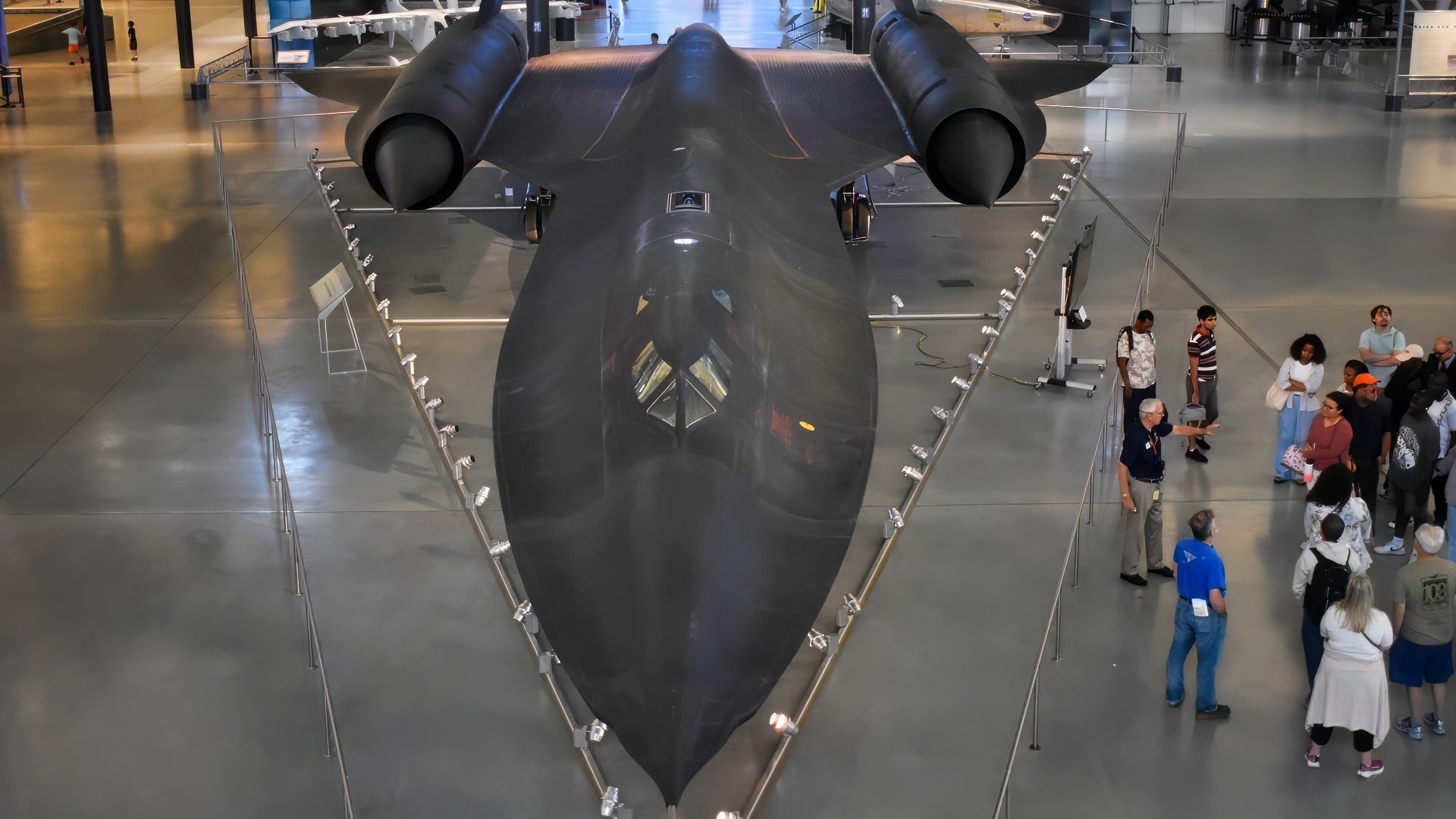
SR-71 Photo Taken September 26, 2025. Image Credit: National Security Journal.

SR-71 Blackbird NSJ Photo. Image Credit: Dr. Brent J. Eastwood.

Amazing SR-71 Blackbird September 2025. Image Credit: National Security Journal/Dr. Brent M. Eastwood.
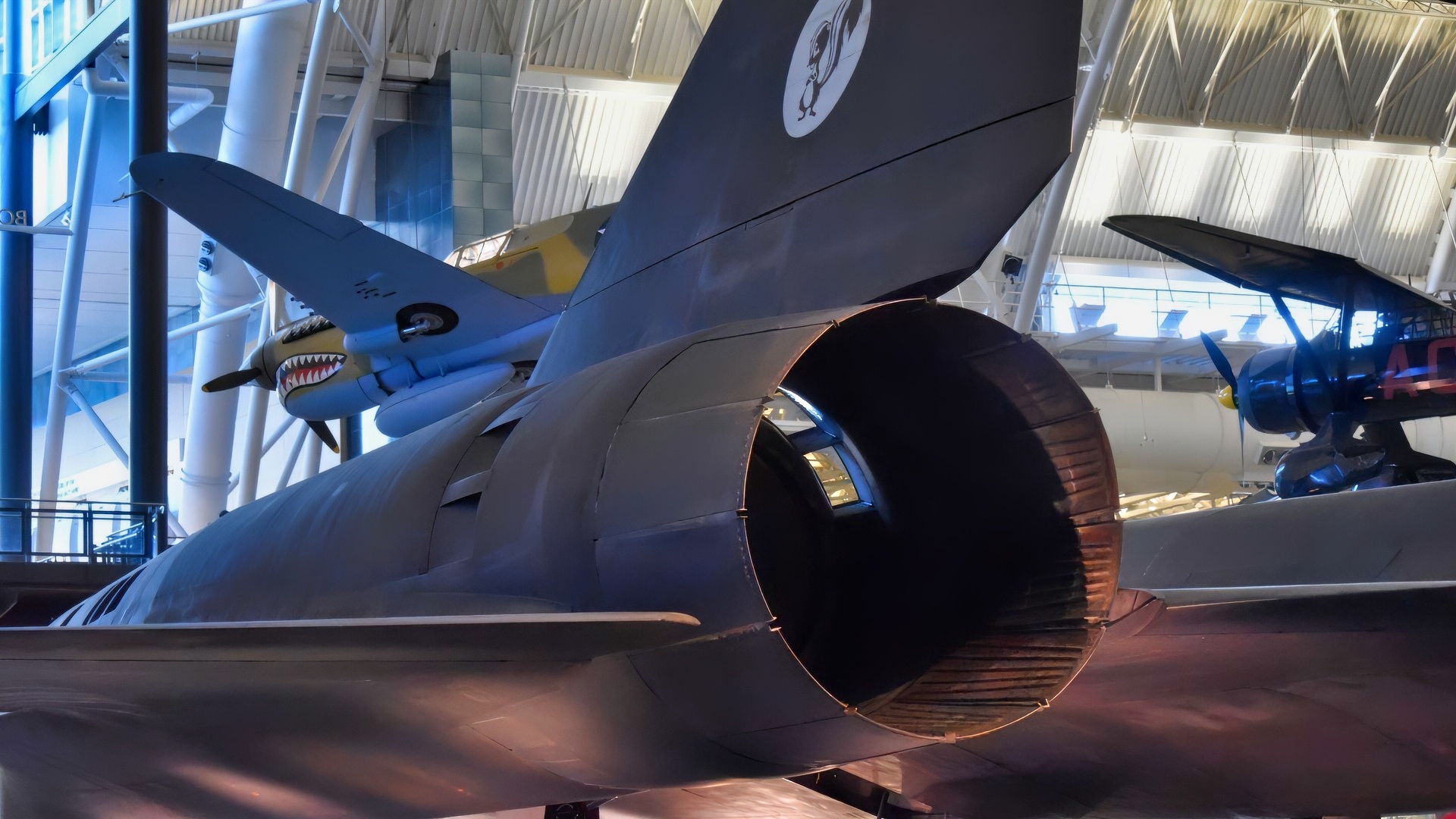
SR-71 Blackbird Rear Image. Credit: Taken on September 26, 2025 by National Security Journal.
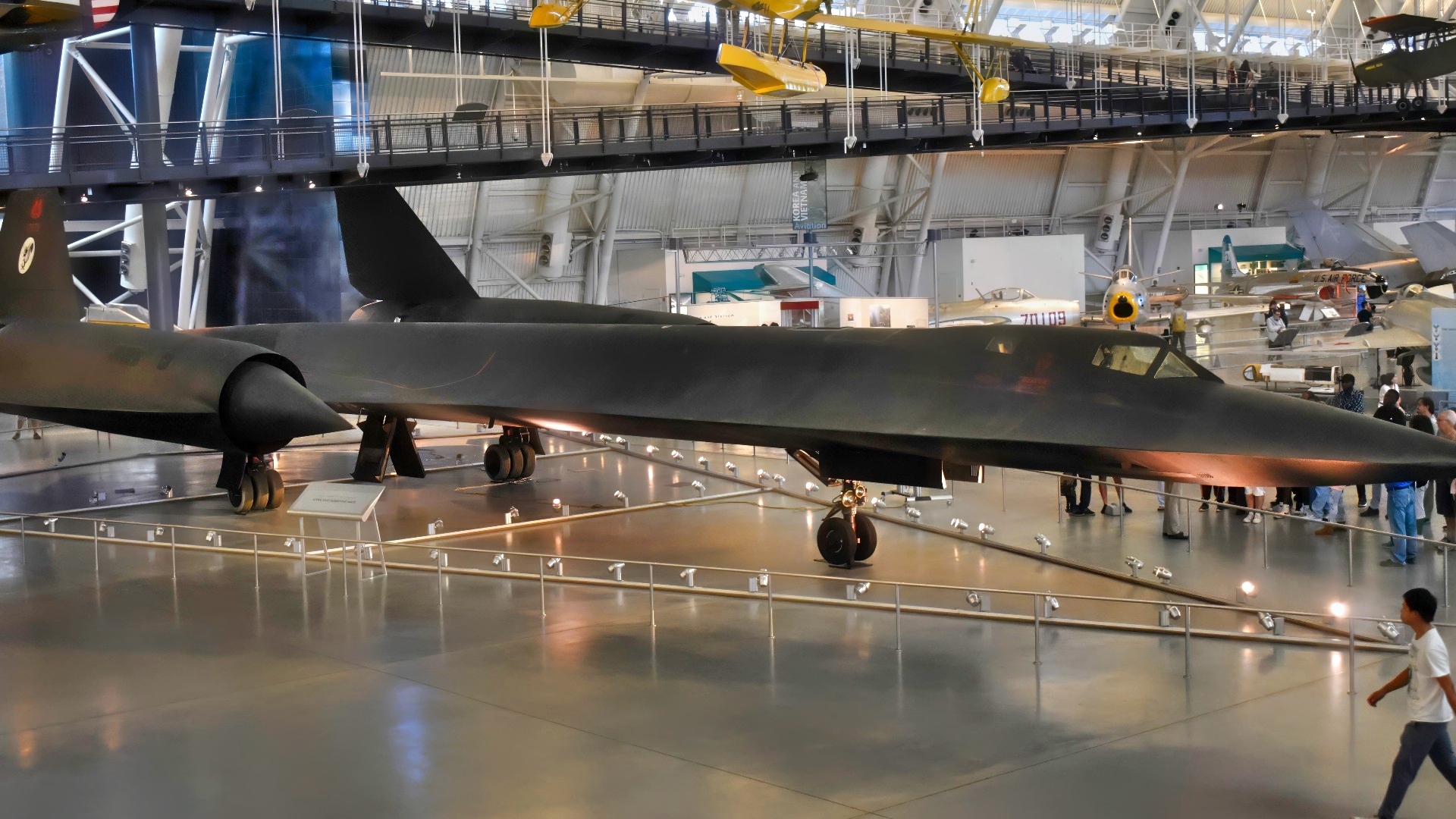
SR-71 Blackbird Smithsonian. Image Credit: National Security Journal.
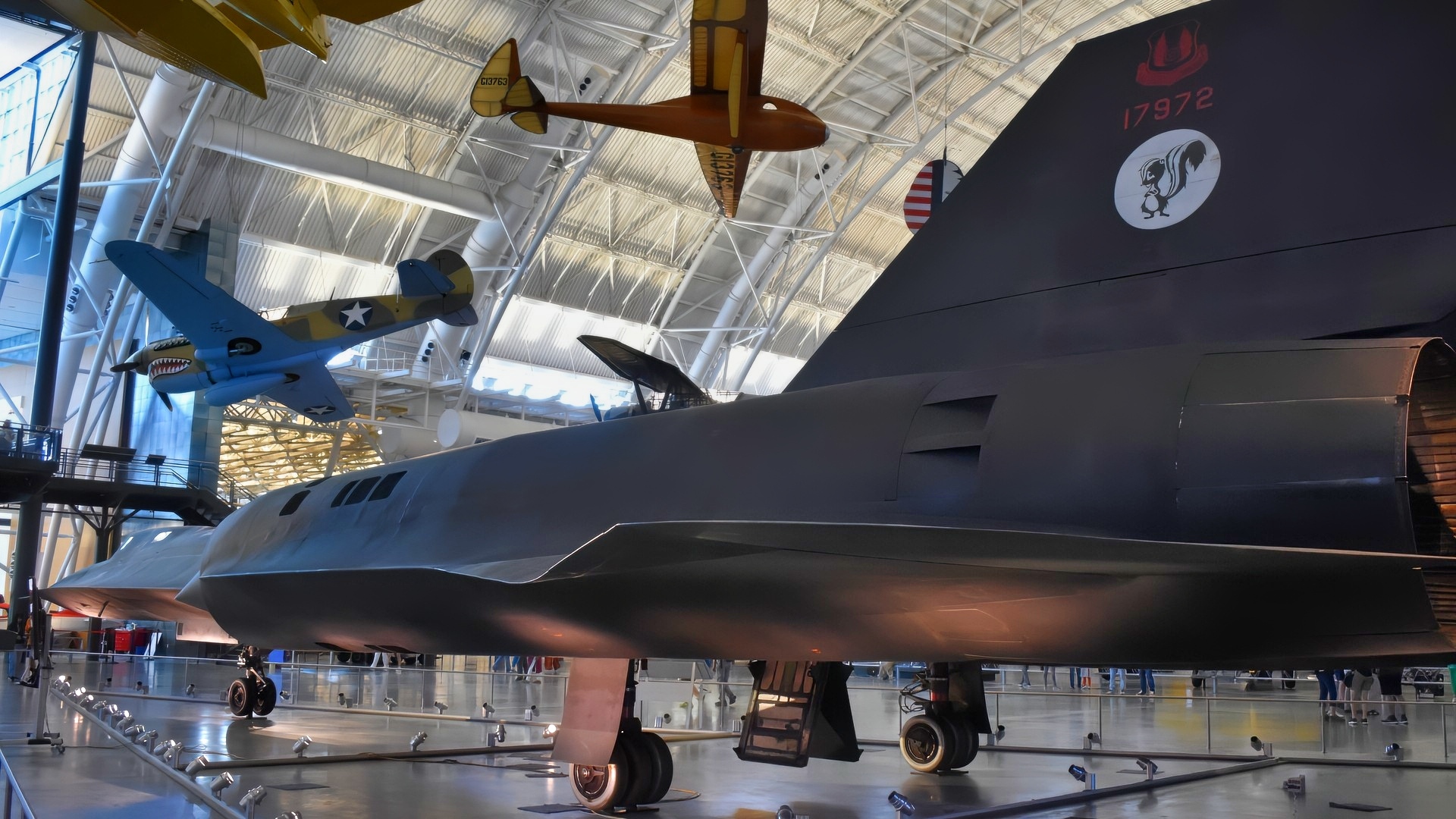
SR-71 Blackbird Full Side Shot. Image Credit: National Security Journal.

SR-71 Blackbird National Security Journal Image. Taken by Dr. Brent M. Eastwood on September 26, 2025.

SR-71 and SR-71 Nose Section Original Photo from NSJ.

SR-71 Side Angle National Security Journal Original Photo.

SR-71 National Security Journal Image.

YF-12A. A similar plane to the A-12 Oxcart and SR-71. Credit: NSJ.

SR-71 Blackbird Spy Plane Back in 2022. Image Credit: National Security Journal/Harry J. Kazianis.
About the Author: Steve Balestrieri
Steve Balestrieri is a National Security Columnist. He served as a US Army Special Forces NCO and Warrant Officer. In addition to writing on defense, he covers the NFL for PatsFans.com and is a member of the Pro Football Writers of America (PFWA). His work was regularly featured in many military publications.
More Military
Europe and Canada Are Finally Saying No to the F-35 Stealth Fighter
The Exact Day Navy Battleships Became Obsolete Is Clear
The X-44 Manta Has a Message for Every Air Force on Earth


